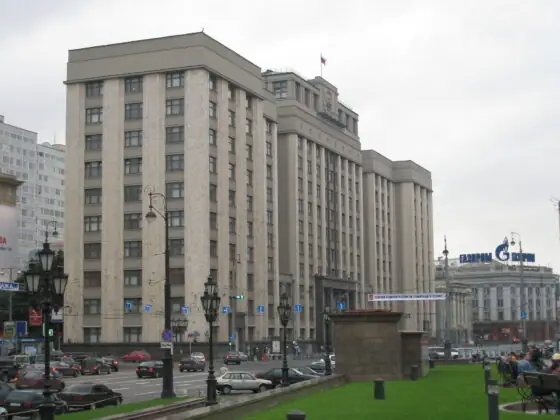The fact that the Russian Duma is not an institution designed to encourage small political parties will come as a surprise to no one, with the possible exception of the leaders of small Russian political parties. No fewer than 43 parties contended on the proportional representation (PR) ballot in the 1995 State Duma elections; 39 of them failed to clear the 5% hurdle necessary to secure any representation at all. As a result, the remaining four parties received disproportionately large shares of the PR seats–double their percentage of the popular vote. In the single-member district (SMD) balloting, a startling 269 parties were represented in polling in 225 districts. The winning candidate received more than 50% of the vote in only 13 of those districts.
Judged by any standard, this represents a spectacular degree of political fragmentation. It seems safe to predict that it cannot persist. Nevertheless, Russian political parties have failed to coalesce appreciably. Estimates vary, but early surveys suggest that if the Duma elections were held now, four or five parties would garner between 50% and 60% of the popular vote. Of that number, three (the Communist Party, Yabloko, and the Liberal Democrats) secured representation in 1995, while the remainder consist not of new parties but of blocs: the "Fatherland-All Russia" alliance, headed by Yevgeny Primakov and Yuri Luzhkov, and the "Union of Right-Wing Forces" alliance, whose most prominent members include former Prime Ministers Yegor Gaidar and Sergei Kiriyenko and former Deputy Prime Minister Boris Nemtsov. […]








